Quick: What’s the germiest place in your home?
If you think it’s the bathroom, try again: It’s actually the kitchen. But the important thing is to know where the germs are coming from and how to keep them to a minimum, especially during flu season.
Leslie Reichert, known as “The Green Cleaning Coach,” is an expert in removing unwanted germs from places you may not even have thought to look. Staircase railings, doorknobs, faucet handles—they all can harbor large populations of germs. Here’s how Reichert recommends keeping the top offenders as clean as possible.
The Kitchen
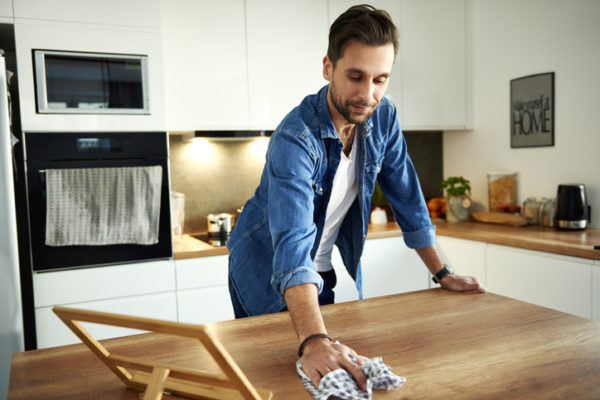 Any battle with germs should start here, says Reichert. After all, this room plays host to more bacteria than any other in the home, according to a study conducted by NSF International, a global-health organization originally called the National Sanitary Foundation.
Any battle with germs should start here, says Reichert. After all, this room plays host to more bacteria than any other in the home, according to a study conducted by NSF International, a global-health organization originally called the National Sanitary Foundation.
Sink
According to the NSF study, kitchen sinks are worse than dog bowls when it comes to incubating germs. To combat the buildup, spray the sink regularly with distilled white vinegar and let it sit for 10 minutes, says Reichert. Sanitize drains monthly with a solution of one teaspoon of household bleach and one quart of water, says the NSF. And don’t forget the faucet handles and dish sponge. “They can contain salmonella or other bacteria from raw meat, vegetables and lettuce,” says Reichert. The EPA recommends microwaving a wet sponge daily (provided it does not contain metal) for two minutes or placing it in the dishwasher.
Coffeemaker
Due to moisture and warm temperatures, a coffeemaker offers ideal conditions for germs, mold and mildew to grow. To keep it clean, pour straight distilled white vinegar into the water reservoir and let it sit for half a day, says Reichert. Then run it through the coffeemaker and run two more pots of water through the system to flush out the vinegar.
Counters And Knobs
After you’re done preparing food, wash countertops with hot, soapy water; then rinse with clean water and apply a bleach/water solution or a sanitizing agent. The same goes for stove knobs—one of the top 10 places for germs to hide, according to the NSF. Remove the knobs once a week, wash and rinse well, then let them dry before putting them back on.
The Bathroom
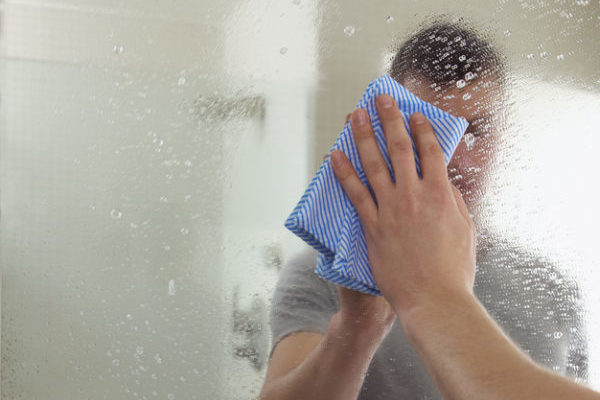 Toothbrush holder
Toothbrush holder
Toothbrush holders may look innocent enough, but they can play host to more germs than your toilet seat, says the NSF. The solution? Choose a holder that’s dishwasher safe, for easy and regular cleaning. Of course, don’t ignore your toothbrush, either. The Centers for Disease Control (CDC) recommends rinsing it thoroughly after each use, storing it upright, and replacing it every 3–4 months.
Toilet
“Unfortunately, there is no way to kill all the bacteria in your toilet,” says Reichert. “Instead, you’ll have to work to keep it clean—and often.” For the toilet-bowl ring, she recommends using a pumice stone. For the bowl, she advises emptying it by shutting off the water and flushing, then using any simple cleaner and a good toilet brush.
Bathtub
To keep germs to a minimum, Reichert offers this unique method: Spray the shower daily with 10 drops of tea-tree oil in 16 ounces of witch hazel. First, wipe the entire shower/tub area with a squeegee or a microfiber cloth; then spray it with this solution.
The Bedroom
Bedding
“Sheets are easy,” notes Reichert—just wash them weekly in hot water and dry on high heat. For quilts and blankets, she suggests putting them in the dryer on high heat. “You don’t even have to put them through the washer if the dryer heat is high enough,” she explains. “Put them in the dryer for 30 minutes, along with a damp towel. The steam will knock out the dander and dust, and the heat will kill bacteria.” She recommends the same treatment for pillows.
The Living Room
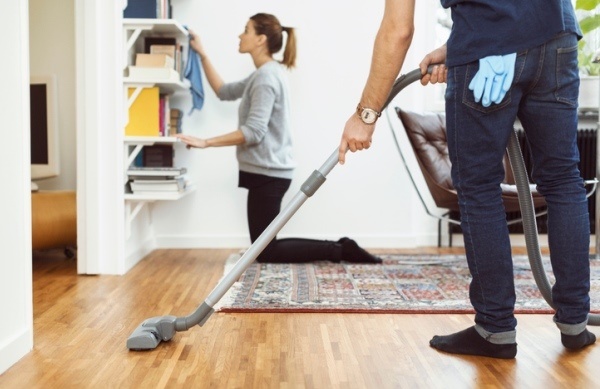 Remote Controls
Remote Controls
Germs can hide in your TV remotes or game controllers, says the CDC, and Reichert recommends disinfecting these devices with a cotton swab and hydrogen peroxide. “If someone is sick, put the remote in a sealed bag and have them use the controls through the bag. That way it’s easy to wipe after it’s used,” she says.
Furniture
Reichert wipes leather furniture with a microfiber cloth, which picks up dust and germs without needing any disinfectants. She sprays fabric furniture and rugs with vodka; this kills the bacteria and eliminates odors, she says.
Carpets
Welcome mats, area rugs and wall-to-wall carpeting can collect hard-to-remove dust, dirt and germs, which can then trigger allergies and asthma. Small area rugs can be laundered or dry-cleaned making them safer than wall-to-wall carpeting, according to the EPA. If you do have wall-to-wall carpeting, Reichert suggests having it steam-cleaned seasonally to keep it fresh year-round.
By Donna Zucker
A clean home is a happy and safe one. Whether you rent or own, find out which home insurance policy could best protect your property. Get a fast, free quote today through the GEICO Insurance Agency.
Next article: 5 Ways To Beautify Your Home In 15 Minutes

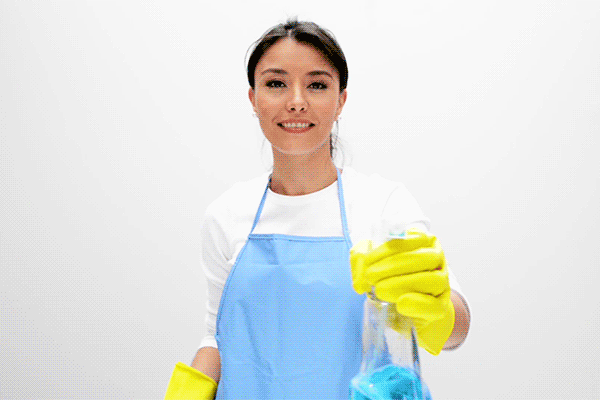


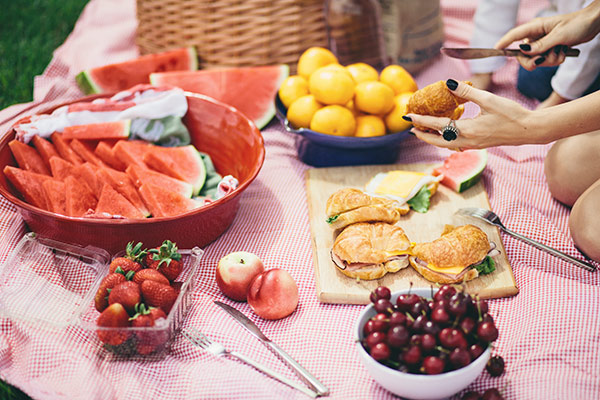

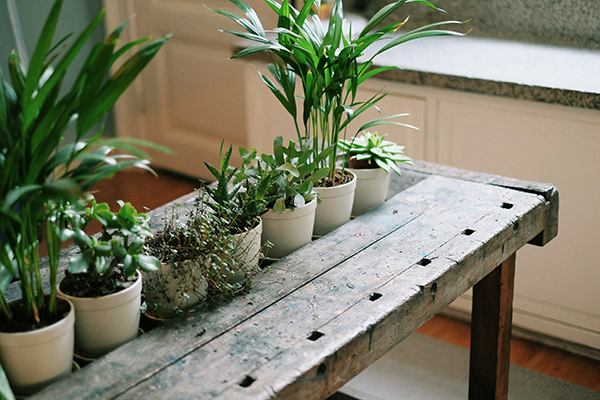


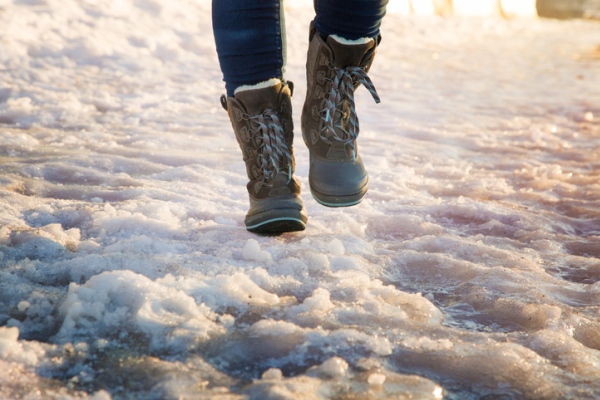
Angela B. says,
Your email was very informative and covered topics that are important. Thank you
Maria L. Sanchez says,
Mixing water and bleach disinfect many thing around the house and vinegar and water cleans the coffee maker. Vinegar shines the windows glass. Clorox wipes are handy and other brands. Mostly wash your hands before and after handling food. Washing the hands after using the bathroom and the list goes on. It really works. Stay safe.
Evelyn says,
To clean heavy greasy baking pans pour hot water into baking pan with a sheet of fabric softner let sit over night or 4 hrs and rinse the pan all the hard greas will rinse right off
Regina Potora says,
I tried that but it didn’t help at all. I use Bounce sheets. Is thee a better one to use?!
Mother says,
Very important and helpful information. Thank you for sharing. I will share with family and friends.
Michelle says,
Well instead of all those chemicals to buy, I just use Lysol disinfectant wipes for everything!
Marie Theronier says,
Wow! These are valuable information. I will use them and share them with friends and family. Thanks for sharing.
Raye says,
Just a cautionary note: If you have a pet bird, do not use tree tea oil. It is safe for people, but dangerous to parrots and other birds. Of course, chemicals and things like bleach also pose a danger. Any Febreze product or other air freshener can be deadly.
LM24 says,
They should have done research on the tree tea oil before recommending it. Yes, those disinfectants are so dangerous. It’s ridiculous how they promote them on commercials and sniffing the stuff, people are going to get sick from these freshners. Soap and water are good enough.